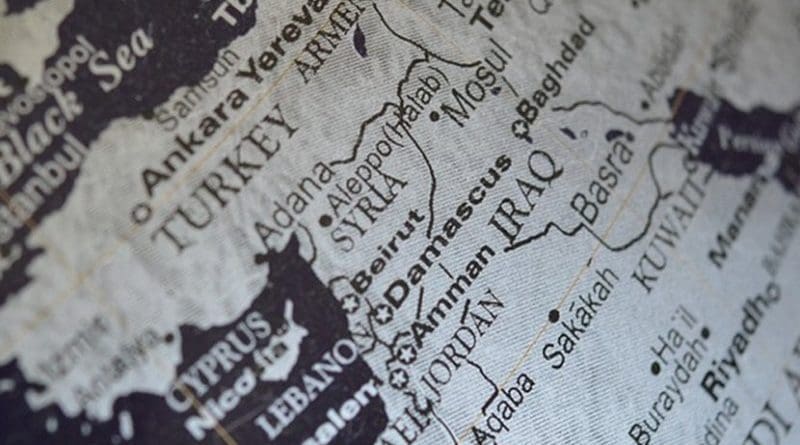100 Myths About The Middle East – Book Review
By Sajid Rizvi
Book Title: 100 Myths about the Middle East
Author: Fred Halliday (1946-2010)
Reviewed by Sajid Rizvi
Saqi Books London 2005
180pp. GBP 8.99 | Paperback
ISBN 0 86356 529 8
Do the international media care about or do the media people read books such as this latest offering from our home-grown guru? One certainly hopes so, though currently it seems not to be the case, judging by the flood of words that has marked recent ‘milestones’ — 9/11, the invasion of Iraq and the July 2005 bombings in London. True, glowing praise for Fred Halliday’s definitive work has come from reviewers associated with some of the most widely circulated ‘serious’ titles on both sides of the Pond, following this and a different edition published in the United States.
True, too, that there are moderating voices within those circles that do matter. But, on the whole, the broadcast and print media have been found wanting in the growing global discourse around ‘terrorism’ and the Middle East’s part in it.
If Fred Halliday’s book doesn’t act as an all-time corrective in the ongoing process of understanding and being understood, nothing will.
Behind the populist title lies a slim, sinewy volume that, in one sense, is the distilled outcome of the late author’s many years of scholarship.
No doubt, in the aftermath of the 7 July bombings in London, and the torrent of words that followed those events, more myths worthy of voluntary or involuntary implosion would have been conjured up and added to the ‘100’ on Professor Halliday’s list.
One wonders if, post 7/7, further amplifications are required on those myths already there, such as No 19, where he picks up on the debate over a ‘clash of civilisations’ following the notorious essay and book by Samuel P Huntington.
Like Edward Said’s Orientalism or The Satanic Verses of Salman Rushdie, Huntington or his ‘idea’ crop up in writings by a whole array of people, including many of those who may never have read anything of him. Huntington and others of his ilk certainly have much to answer for, as further variations on the ‘us and them’ theme continue to fill pages and resonate through soundbites in Britain since 7/7.
Halliday has chosen for debunking one hundred of the most commonly misconstrued ‘facts’ — it would be interesting to know how; was there a 101st myth that he discarded? Included are falsehoods masquerading as facts, misconceptions and old-style or modern-day ‘spin’ frequently dished out as essential background.
Here Halliday’s achievement lies as much in his command of the subject matter as in the phraseology. He does manage to illuminate each issue, before dispatching the associated myth, without compromising its underlying or nuanced complexity.
On the veil, he points out that there is not a single verse in the Quran which enjoins the covering of women’s hair or head, which may have more to do with a pre-Islamic Persian tradition.
In the chapter on late Palestinian President Yasser Arafat, Halliday uses a quote from the British newspaper, The Guardian — ‘don’t blame Arafat’ — to deliver a diametrically opposite assessment in which he holds Arafat responsible for the rise of militancy in Palestine.
Arafat, Halliday concludes, “built a ramshackle, factional, kleptocratic and oppressive state, a pale replica of the worst of Arab nationalism of the 1950s.” In the process he antagonised “many in the West and Israel who supported the Palestinian case for a viable state, and increasingly drove his own population into the arms of Islamist militants such as Islamic Jihad and Hamas.”
A Glossary of Crisis in the book contains numerous gems. Halliday’s perceptive rendition of how the media use subjective terms to build up or destroy emerging political figures in deference to active agenda, as in post-invasion Iraq (‘fiery’ Muqtada al Sadr vis à vis ‘venerable’ Ayatollah Sistani), is relevant to the British scene in the aftermath of the bombings, the media activities after 7/7 and the government’s response in terms of security operations, legislation and political management.
An Index of Myths is helpful in its definitions, but is not to be taken as the last word, primarily because your myth may not be the same as mine, and myths have a way of mutating, too.
This article was originally published in “The Middle East in Europe” and reprinted with permission. Versions of
this article also appeared in the print editions of Eastern Art Report www.eapgroup.com and Arab Banker.

